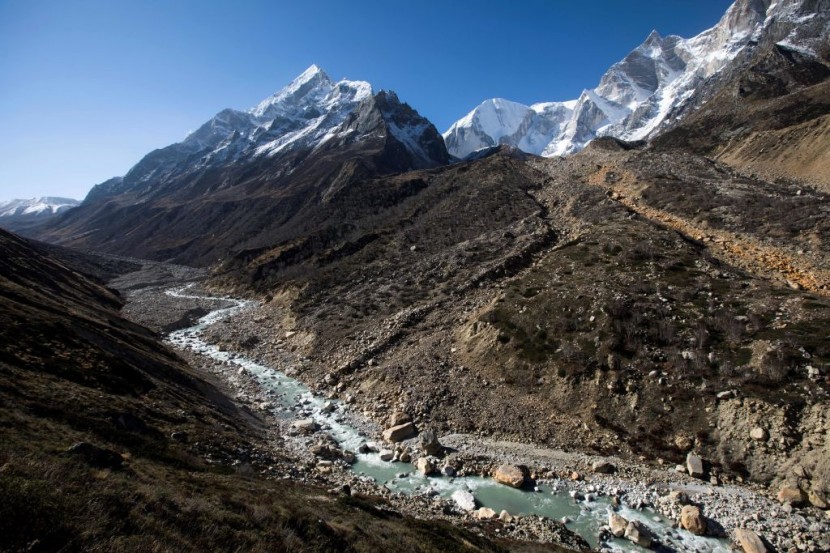
The Himalayan Glaciers risk losing up to 80% of their ice by 2100 if nothing is done to control the continuously rising global temperature due to climate change.
The glaciers located in Asia's Hindu Kush Himalayas were melting at unprecedented rates and are estimated to lose more than three-quarters of their volume by the end of the century, scientists claim.
Melting Himalayan Glaciers
They also warned of dangerous flooding and water shortages for the nearly two billion people living downstream of the rivers that link to the mountainous region. The Tuesday report released by the Kathmandu-based International Centre for Integrated Mountain Development (ICIMOD) warned that flash floods and avalanches could become more likely in the following years if we cannot sharply reduce greenhouse gases.
The report said that situation would also affect the availability of fresh water for the 240 million people in the Himalayan region. It also affects the 1.65 billion living downstream of the 12 rivers that originate in the mountains, as per Aljazeera.
In a statement, a migration specialist and one of the report's authors, Amina Maharjan, said that the people living in those mountains, who have contributed next to nothing to global warming, are at high risk because of climate change.
She added that current adaptation efforts need to be revised, noting that many experts are extremely concerned that the lack of greater support would make the communities unable to cope with the situation.
Various previous reports have found that the cryosphere, which includes regions on our planet that are covered by snow and ice, is among those that are worst affected by climate change. Furthermore, recent research discovered Mount Everest's glaciers have already lost 2,000 years of ice in the last three decades.
Less Supply of Fresh Water
The ice and snow found in the Hindu Kush Himalayan ranges are considered crucial source of water for the rivers in the area, which are known to flow through 16 countries in Asia. Maharjan noted that the team mapped out for the first time the linkages between cryosphere change with water, ecosystems, and society, according to Yahoo News.
Key takeaways from the report said that the Himalayan glaciers have disappeared 65% faster since 2010 than any other decade. Furthermore, reducing snow cover due to global warming could lead to less fresh water supply downstream.
The researchers found that 200 glacier lakes across the mountainous region were considered dangerous. The area could experience a significant spike in glacial lake outburst floods.
A cryosphere researcher at the ICIMOD, Miriam Jackson, said the situation was developing quickly. She added that there have been significant changes in the last decade compared to the previous two decades. She said that the case was a shocker to most with how quickly things were changing, said the New York Times.
© 2026 HNGN, All rights reserved. Do not reproduce without permission.








